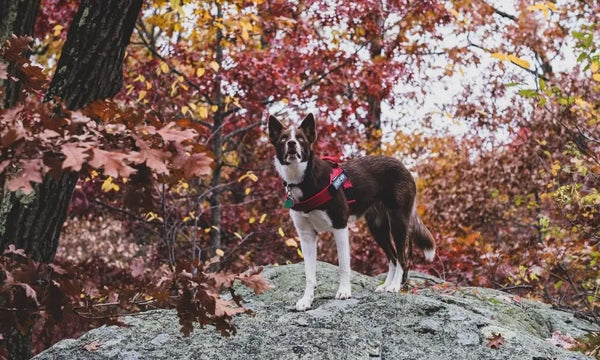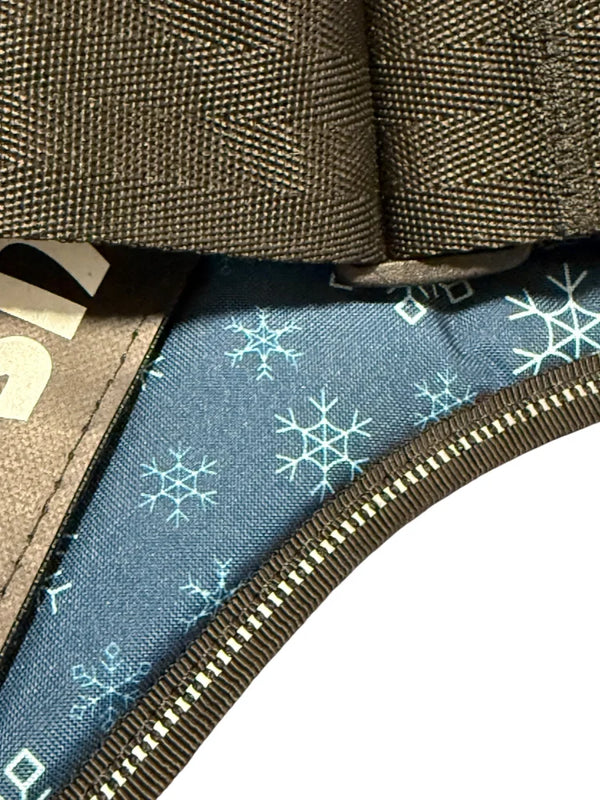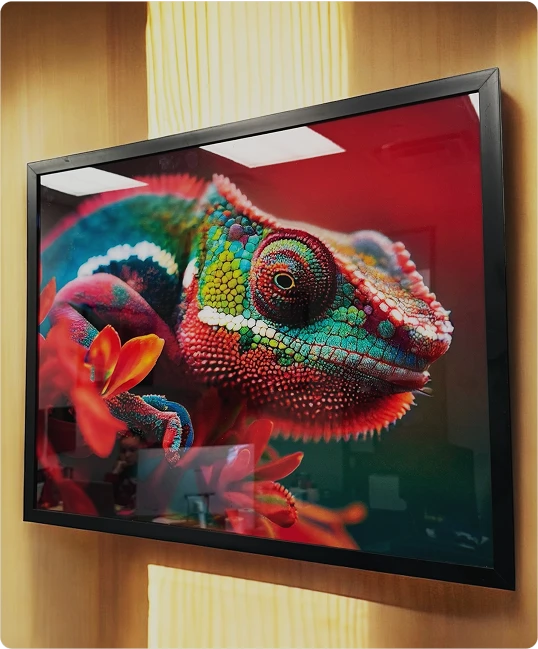
Tips for Training a Working Dog
Dogs serve various jobs in our lives—some are companions while others jump into fires, help locate missing people, or even solve crimes! Training a working dog takes extensive work, and every breed isn’t cut out for the job, as various genetic components influence a canine’s behavior. Once you find the breed for the job, it’s time to start diving into all the tips for training a working dog!
Start Early
Puppies learn at fast rates, and while it’s important that you don’t start training when they’re too young. You should begin training when your dog is three to four months old. By this age, puppies have received all their vaccines to ensure their protection and are old enough to grasp basic training.
A working dog needs an introduction to various people—this includes a range of ages—and different locations. As you introduce your puppy to new stimuli, never force them to behave in a specific manner. This will only instill fear. Rather, reward desired behavior with praise and treats for positive reinforcement!
Utilize the Right Tools
Additionally, make sure you’re using the right tools to enhance your canine’s skills. For example, a working dog harness may be necessary for certain tasks, so you should get them used to the feel of it early on. Sometimes, different training tools such as a clicker are necessary.
A clicker works best when paired with a form of positive reinforcement. For instance, when your canine follows a command, click the tool, then reward them. This makes it easier for them to learn to associate the sound with praise.
Stimulate Them
A working dog is never a lazy pooch, so keep their minds active with playtime, games, and various toys. Consider using food puzzles to work their brains while they eat. Moreover, give your working dog the exercise they need and incorporate agility training into their routine. This addition requires your dog to think quickly as they move about.
Lastly, keep in mind that physical stimuli are just as important as mental stimuli, especially because working dogs move around a lot, so keep your dog well exercised. However, don’t push your dog. If you notice that your dog is tired, it’s crucial to take a break from training as your bond with them.
Remember, training isn’t an overnight process; it takes time and consistency. Though there are many tips for training a working dog, keeping a healthy relationship with your furry friend rises above them all. Training them to work alongside you should come with ease, and while there are bad days, you shouldn’t let them outshine the good ones. Shop at Julius K9 for harnesses and high-quality leashes as you begin gathering the essentials for training your working dog!



